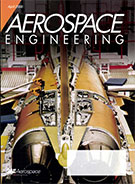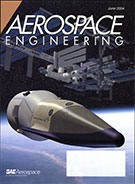Article
Pratt & Whitney develops digitally curated maintenance solutions for general aviation
2019-07-22
The “Know My PT6” app is a digital gateway to maintenance recommendations and to the services and facilities that P&W offers through its global customer service network for engine maintainers, owners, operators and pilots. It is designed to help PT6 customers and operators optimize the performance and availability of their PT6-powered aircraft.





